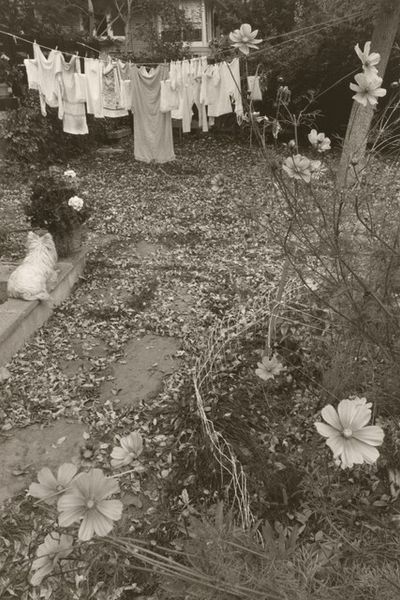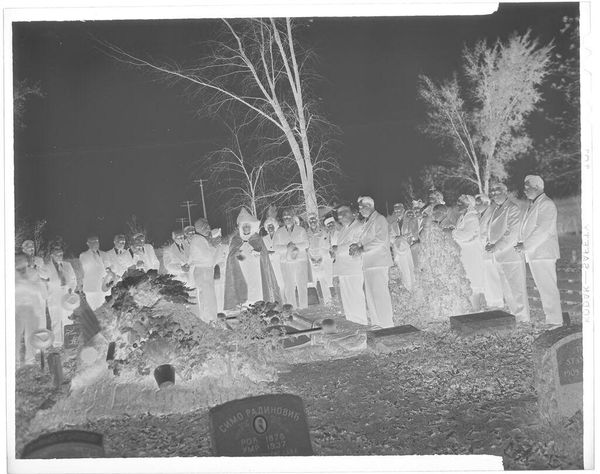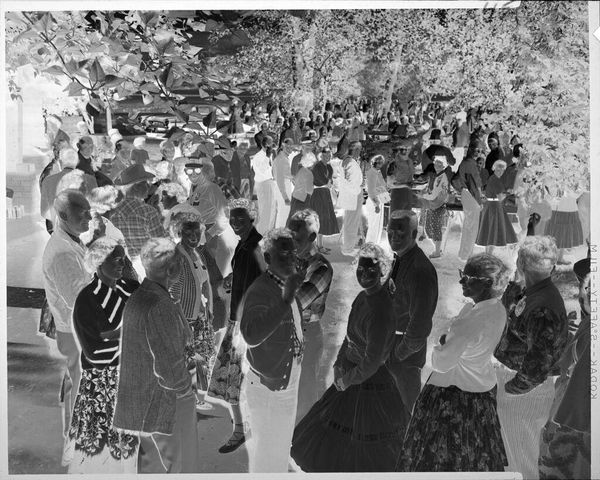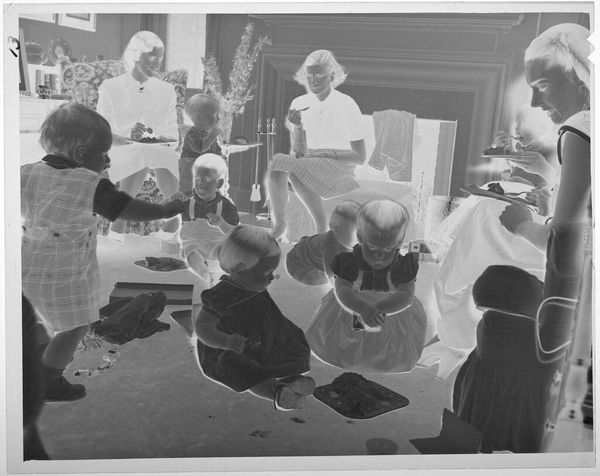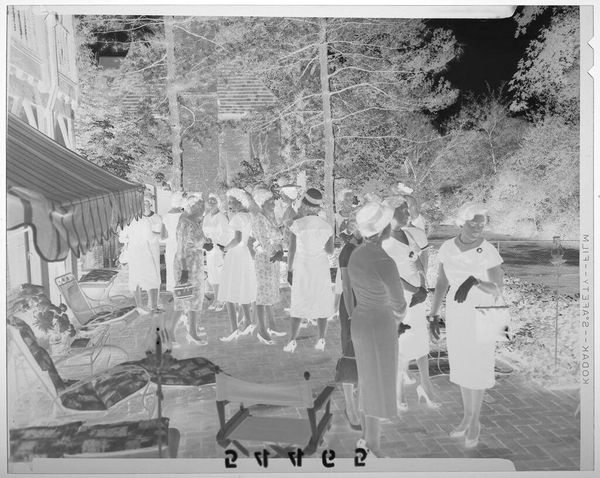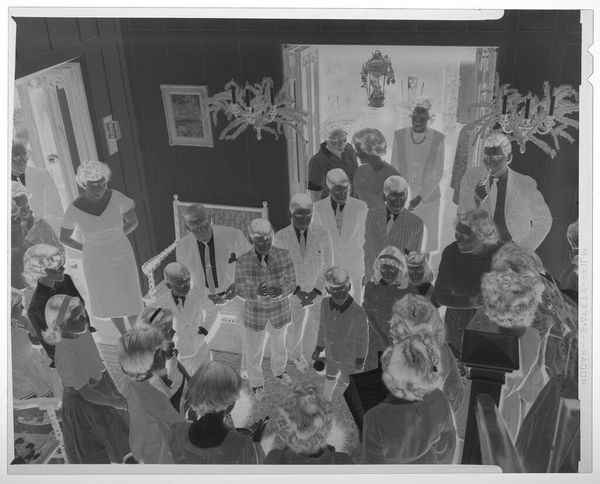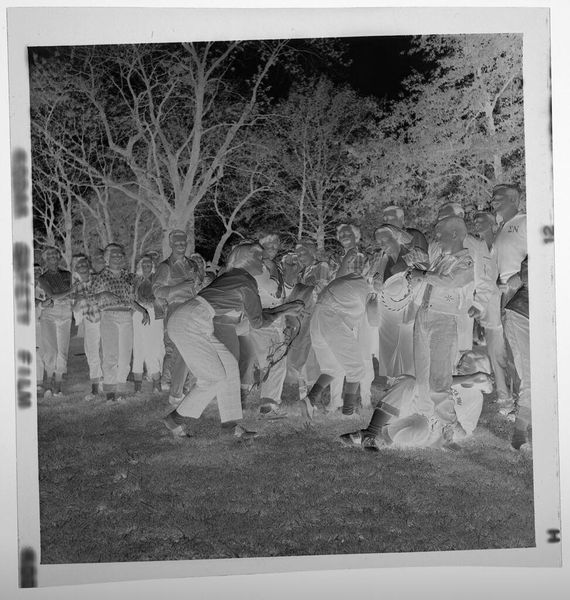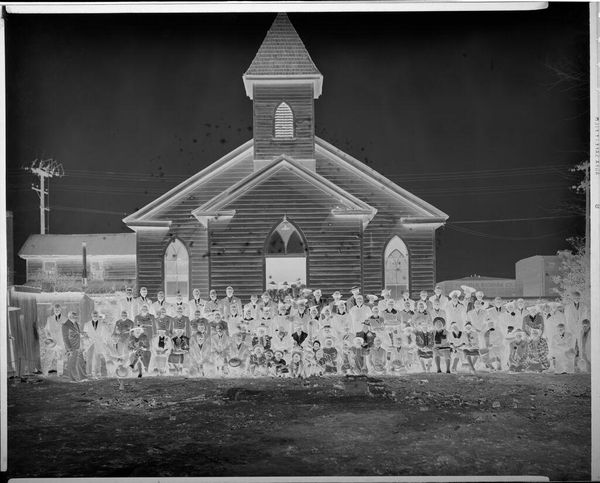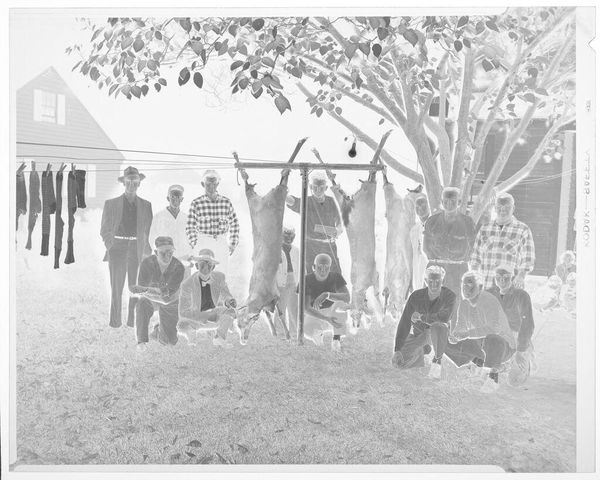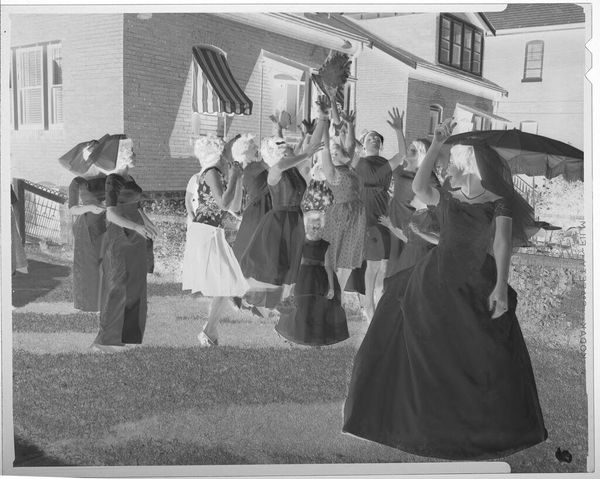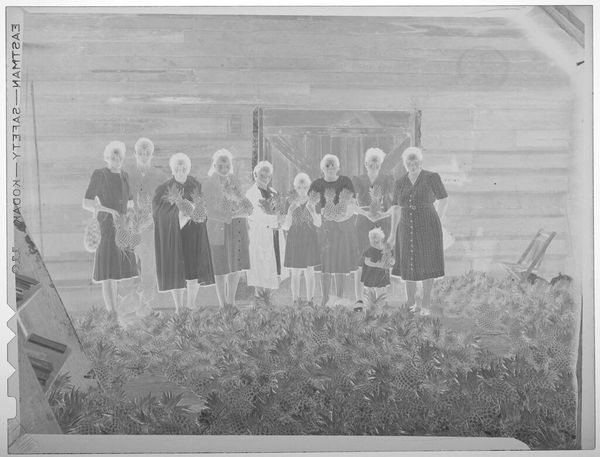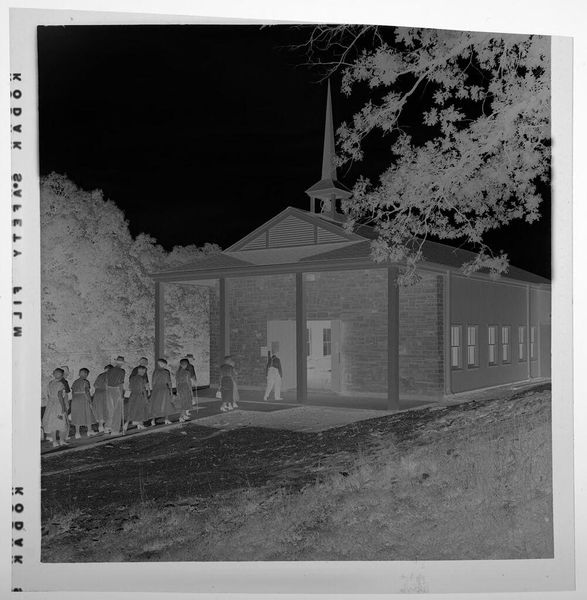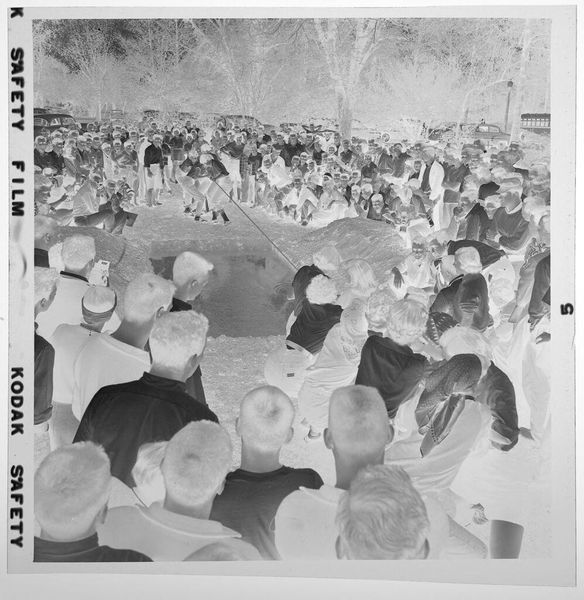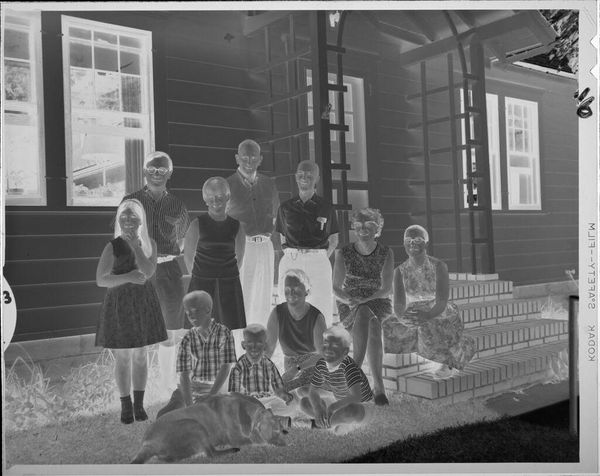
photography, gelatin-silver-print
#
still-life-photography
#
black and white photography
#
landscape
#
black and white format
#
photography
#
gelatin-silver-print
#
monochrome
#
realism
#
monochrome
Dimensions: image: 19.9 × 13.2 cm (7 13/16 × 5 3/16 in.) sheet: 35.4 × 27.8 cm (13 15/16 × 10 15/16 in.)
Copyright: National Gallery of Art: CC0 1.0
Editor: This gelatin-silver print, “Longmont, Colorado, Sally in the Backyard,” was created by Robert Adams between 1982 and 1992. There's a quiet stillness to the composition; a dog sits patiently on a step while laundry hangs in the background. It almost feels like a memory. How do you interpret this work? Curator: That sense of memory is key. Adams often focuses on the transformation of the American West, particularly how suburban expansion impacts the landscape and, by extension, our relationships with nature and each other. How does this image speak to those concerns, considering its seemingly mundane subject matter? Editor: Well, the clothesline and domestic setting could represent traditional, idealized roles within a family, but the black and white, along with the encroaching foliage, lends an air of being slightly… outdated or perhaps overtaken by nature? Curator: Exactly. Adams consistently challenges the romanticization of the West. He uses seemingly neutral compositions to subtly reveal the impact of human activity on the environment, even in what appears to be a simple backyard scene. The hanging laundry, set against the backdrop of burgeoning nature, prompts us to think about the tension between the domestic sphere and the untamed wilderness, a wilderness increasingly managed and controlled. Do you feel the photographer makes a value judgement? Editor: I think there is a tinge of loss in the photograph but that also Adams refrains from judgement by not offering anything overly sensational, but by quietly capturing things. I see how it creates this dialogue. Curator: Yes, by presenting everyday scenes with such clarity, Adams encourages a deeper understanding of how societal shifts manifest in seemingly ordinary places. This invites viewers to examine their own complicity within these broader historical processes. What do you think you'll take away from this? Editor: To really think about the quiet moments and how they relate to larger stories around identity and place. Thank you!
Comments
No comments
Be the first to comment and join the conversation on the ultimate creative platform.
